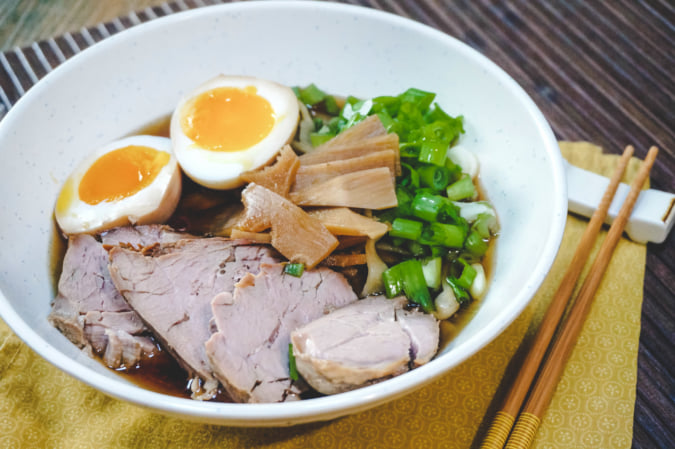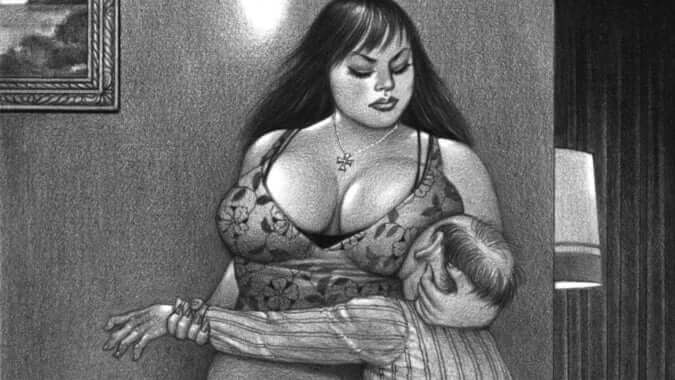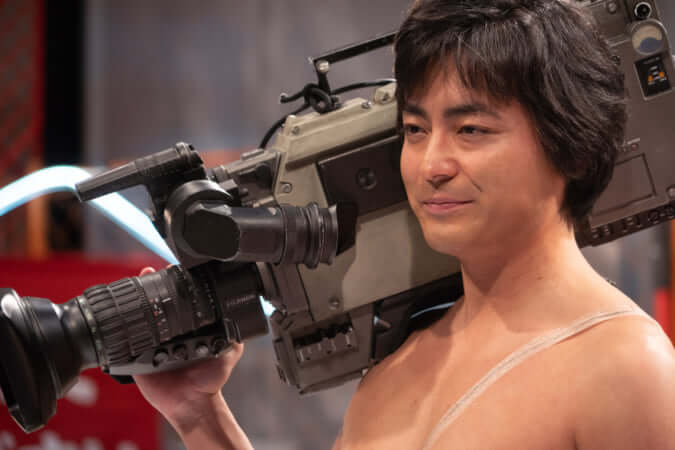The Tattoos that Marked the Criminals of the Edo Period
Traditional tattoos were strong signifiers; murderers had head tattoos, while theft might result in an arm tattoo.
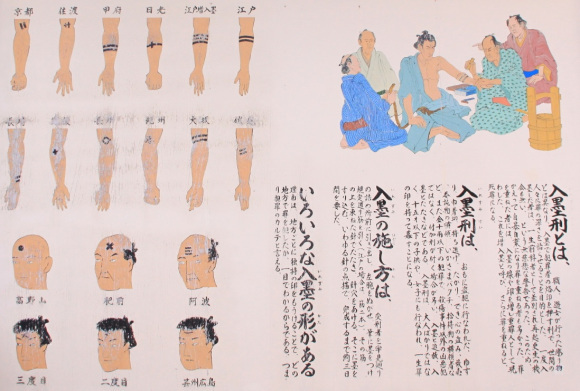
The art of tattooing has a long and rich history in Japan. Today, tatoos often remain stigmatised, associated with criminality and nonconformity. There is a historical reason for this, however: during the Edo period (1603-1868), criminals were brandished with tattoos in order to identify and punish them. Despite the fact that this practice was banned during the Meiji period, the stigma remains.
Three Strikes
The tattoos of the Edo period were strong signifiers; murderers had head tattoos, while theft might result in an arm tattoo. This practice, irezumi kei, or tattoo penalty, replaced the more bloodthirsty decapitations and removal of limbs that preceded it. However, head tattoos also operated on a three strikes system, each crime punished with a single stroke of a Chinese symbol (大), after which was death. Each region had its own symbol representing both crime and location, rendering it possible to immediately identify the details of the act committed. In Hiroshima people were tattooed with dogs; Chikuzen, lines; Takayama, dots; and Hizen, crosses.
While today’s perceptions of tattooing in Japan might be rooted in this 5000-year history, contemporary organised crime groups such as the yakuza continue the practice of tattooing, perpetuating its association with criminality. This has even led to misconceptions that tattoos in Japan are illegal; however, the law forbidding tattoos was abolished in 1872.

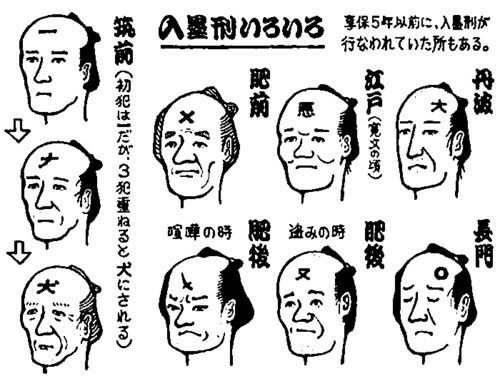
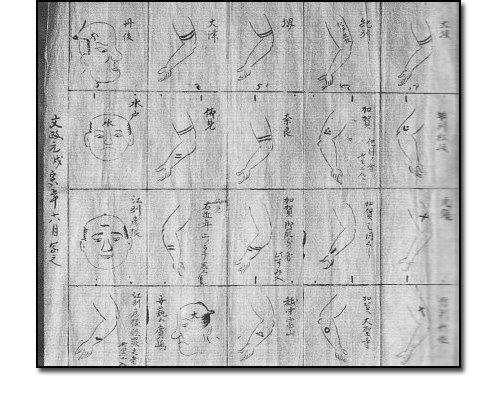
TRENDING
-
Ishiuchi Miyako, A Singular Perspective on Women
Recipient of the 2024 Women in Motion Award, the photographer creates intimate portraits of women through the objects they left behind.

-
Recipe for Ichiraku Ramen from ‘Naruto’ by Danielle Baghernejad
Taken from the popular manga with the character of the same name who loves ramen, this dish is named after the hero's favourite restaurant.

-
Namio Harukawa, Master of Japanese SM Art
'Garden of Domina' offers a dive into the world of an icon of ‘oshiri’, whose work has now reached a global audience.

-
The Tattoos that Marked the Criminals of the Edo Period
Traditional tattoos were strong signifiers; murderers had head tattoos, while theft might result in an arm tattoo.

-
The Emperor of Japanese Porn is Now the Star of a Netflix Series
Deliciously funny, The Naked Director especially succeeds in reviving the atmosphere that was so characteristic of 1980s Japan.


